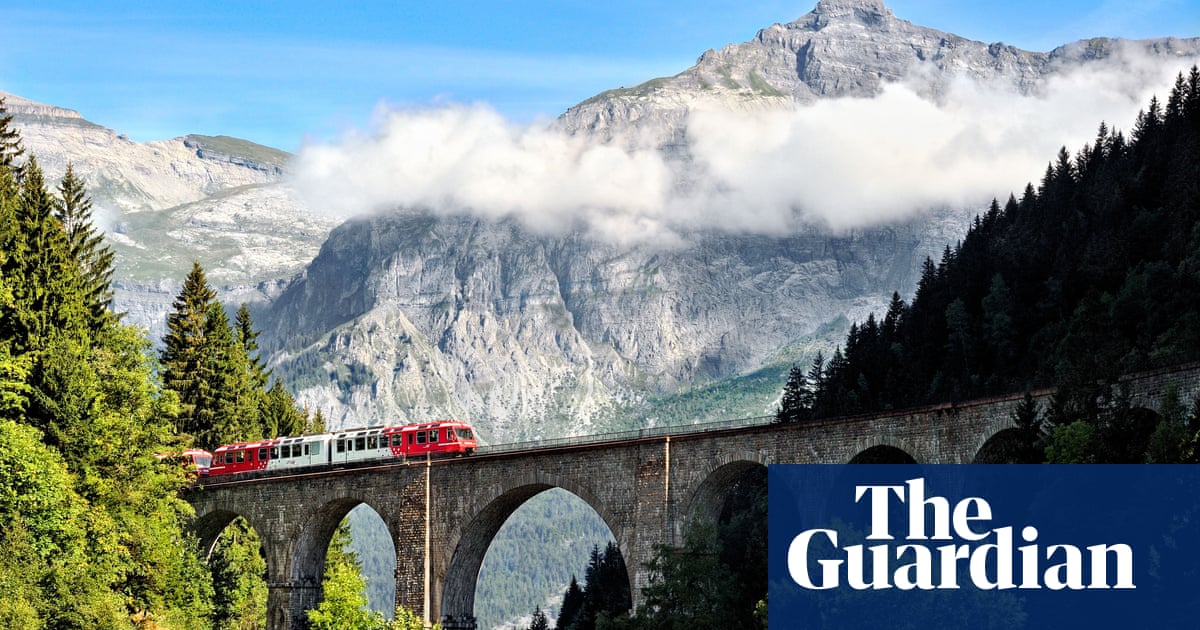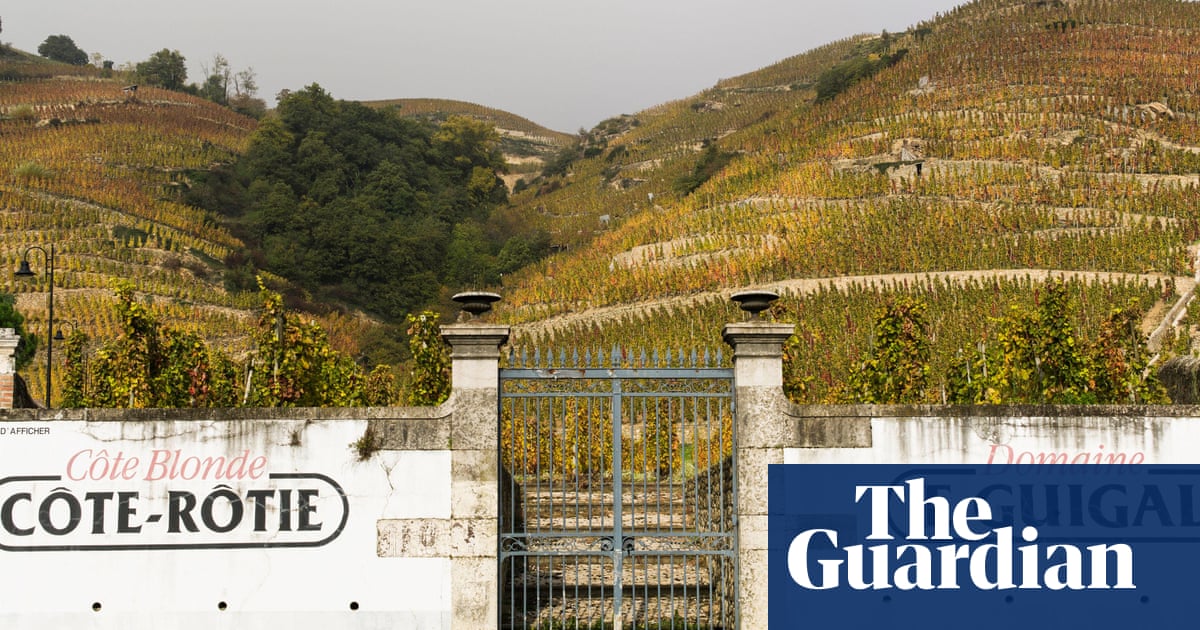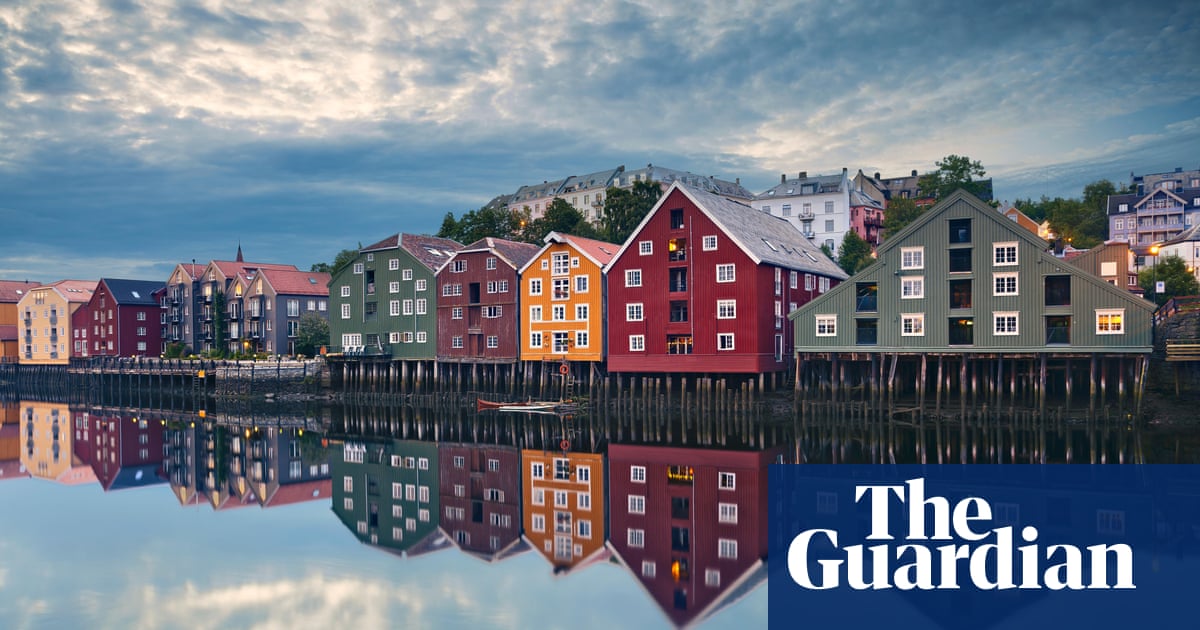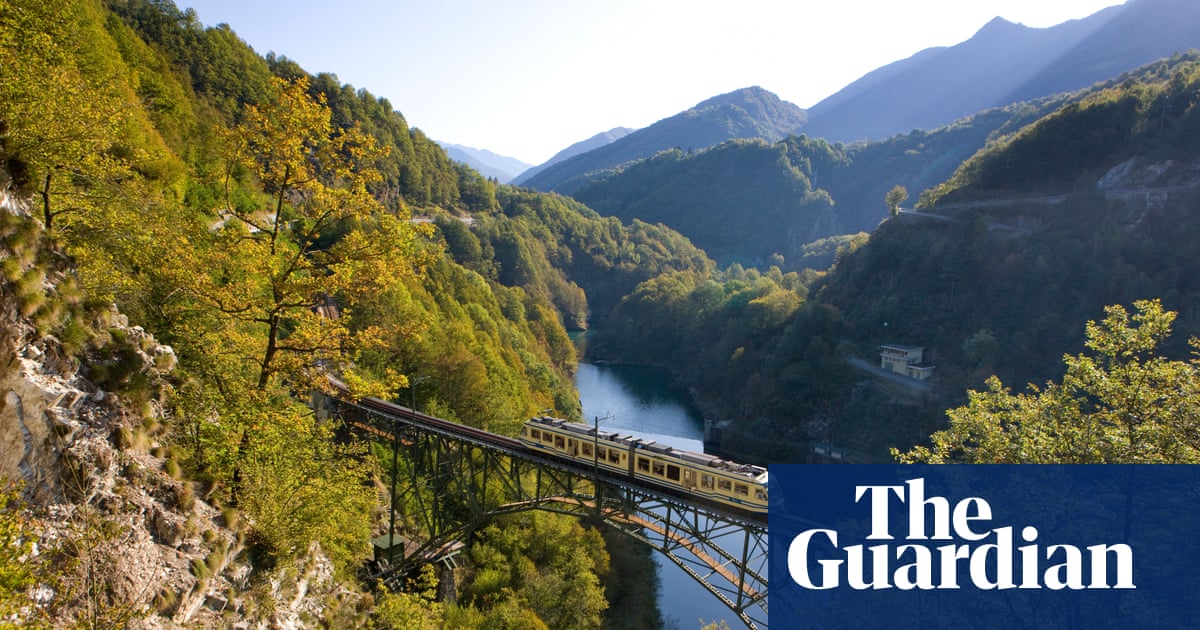
James Bond slept until Sežana. In From Russia with Love, Ian Fleming writes that in Sežana “the hard-faced Yugoslav plain-clothes men came on board”. The Simplon-Orient-Express used by James Bond hasn’t run since 1962, and the border antics on the frontier between erstwhile Yugoslavia and Italy disappeared with the accession of Slovenia to the Schengen zone in 2007. The railway station in the Slovenian town of Sežana is nowadays a sleepy outpost. The most exotic departure of the day is the early-afternoon Eurocity train that rumbles east along the main line to Ljubljana, eventually reaching Vienna in the evening. It’s a fine ride, but closer to hand is a remarkable rural railway which deserves to be far better known. And the good news is that train fares in Slovenia were reduced in August.
Habsburg ambition
Our journey follows a railway that runs north for 80 miles from Sežana through magnificent scenery to Jesenice in Slovenia’s north-west corner. With the opening of the Suez Canal in 1869, the Adriatic port of Trieste became a key asset in expanding the Austro-Hungarian empire’s maritime trade. Existing rail links between Trieste and central Europe were, however, full to capacity, so Habsburg planners got busy devising new railways from Trieste. The idea of traversing the Julian Alps was ridiculed in some quarters and there were squabbles over preferred routes, so it was not until 1906 that the first trains ran on the line from the coast to Jesenice.
By then the fragile bonds that held the Habsburg dynasty together were already weakening and in just a dozen years, the entire Austro-Hungarian Empire was gone. The expensive railway through the Julian Alps remains as a legacy of Habsburg ambition, and these days it offers a wonderful excursion through some of the finest scenery in the eastern Alps. Locally, it is often referred as the Bohinjska proga (Bohinj railway), and more widely, often called the Transalpina.
To the Soča valley
I watch the modern electric trains to Villa Opicina and Ljubljana leave on time, then wander over to the platform where a graffiti-covered diesel unit waits. This is a rare departure to Jesenice. I travelled the route as part of a four-day journey from Rijeka in Croatia to Ribe in Denmark, relying entirely on slowish trains where there was no need to make any advance reservations. Few who board the 10.10 from Sežana to Jesenice have such ambitious itineraries, for this is a route that serves local communities, and most passengers are making short journeys.
Soon we are rattling north through vineyards with distant views of forested mountains, pausing here and there at wayside halts. The single-storey station building at Kreplje is a study in dereliction but all is spick and span around the handsome limestone villa at Dutovlje station. Thirty minutes after leaving Sežana, we cross the River Vipava, surrounded by lush vineyards.
“This is Slovenia’s garden of Eden,” says the train guard as she checks our Interrail passes. It’s not long before we reach Nova Gorica, where a 15-minute scheduled stop gives ample time to set foot on Italian soil; the international frontier bisects the neat piazza in front of the station building.
Back on the slow train, the longest stone-arch railway bridge in the world traverses the River Soča, a dramatic prelude to a glorious ride north up the Soča valley, where the river’s turquoise waters contrast with bare white limestone cliffs and chasms. At Kanal, there’s a hint of Alpine style in the green-shuttered station and a fine view over the river to the slender clock tower of the parish church.
Then the hillsides tilt ever sharper as we climb the narrow Bača Valley. After a brief stop at Podbrdo, we plunge into the four-mile Bohinj Tunnel, which marks the summit of the line. This tunnel is one of Europe’s great divides. Until the tunnel we have followed valleys which drain south to the Adriatic. Emerging from the northern portal of the tunnel, we are in the headwaters of the Sava, which flows down to join the Danube in Belgrade en route to the Black Sea. There is a dramatic change in the landscape too, its demeanour beyond the tunnel now altogether more Alpine. These are the Julian Alps. Away to the left of the railway, the land rises up steeply to mighty Triglav, at 2,864 metres the highest summit in Slovenia.
Lake Bled and beyond
This railway is a lifeline for remote communities. Year-round special trains shuttle through the Bohinj Tunnel, ferrying cars in a region where roads are challenging in summer and impassable in winter snow.
From Bohinjska Bistrica, the railway station at the north end of the Bohinj Tunnel, it’s a superb 20-minute ride on the slow train down the valley, with a touch of drama as Slovenia’s famous lake suddenly appears off to the right.
This is a captivating approach to Lake Bled, and we hop off the train at Bled Jezero, a station architecturally enhanced by Alpine nuances, and follow a footpath down through the woods to the lakeshore.
Later we continue for the final 15 minutes on to the terminus at Jesenice, where this secondary rail route joins the main line from Ljubljana to Villach in Austria’s Carinthia region. The furnaces and smelters of industrial Jesenice are silent these days, and the town has a frontier feel. Austria is just over the hills. The town’s railway station, now in sad decline, was once acclaimed as a bold modernist statement. Built in the mid-1950s, it was the first stop in Yugoslavia for travellers arriving on the international express trains from Austria. All those with lives straddling Europe’s cold war divide passed through Jesenice at one time or another.
The graffiti-strewn train from Sežana seems comfortably at home on the platform at Jesenice, where the station building tells of architectural ambition that was eclipsed by political changes – just as the commercial ambition that once inspired the Bohinj Railway was subverted by the demise of Habsburg power.
Travel facts
The journey from Sežana to Jesenice is best done on a weekday, as at weekends there is only one departure a day. From Mondays to Fridays, there are four trains from Sežana. Leaving at 10.10 – one could stop off in the Soča Valley and at Lake Bled and still reach Jesenice by early evening. The end-to-end travel time without stopovers is three to five hours. The author travelled the route as part of a longer itinerary, ticketed with a four-day Interrail pass (€258 for an adult, with discounts for anyone under 28 or aged 60 and over). Train fares in Slovenia were reduced on 11 August. A one-way ticket from Sežana to Jesenice is €10.70 and for anyone making an out-and-back trip in a day (which is just possible) the return fare is now just €14. Tickets can be bought on the day of travel at station ticket offices or on the train. Note that, after recent flooding in Slovenia, buses may replace trains north of Bohinjska Bistrica until 13 October.












